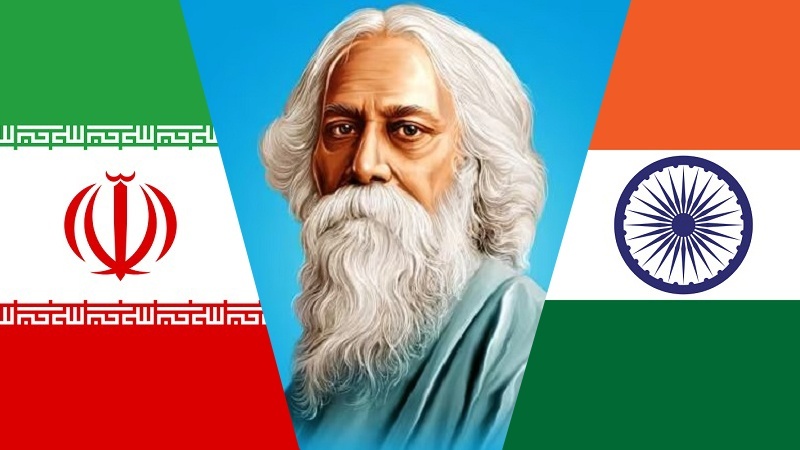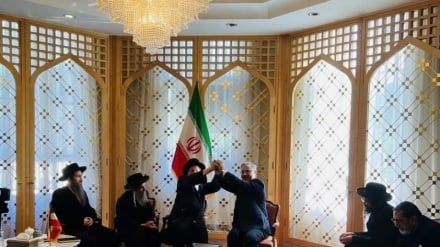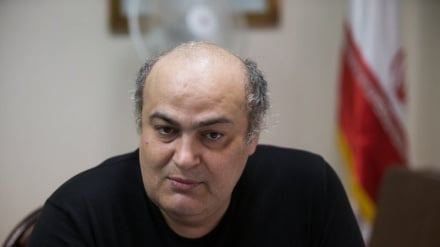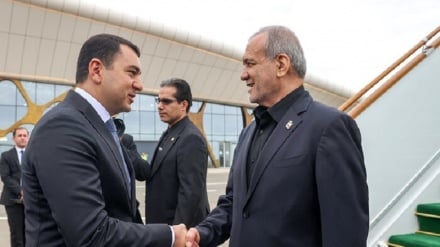Rabindranath Tagore and Iran: A glimpse of an Iranian-Indian beautiful perception
Pars Today- Tagore was among the advocates of the Movement for Independence of India and used to look at other Asian countries to be inspired. He had noticed the anti-colonialist view of the Iranians and this, coupled with his familial fondness, set the ground for beautiful events in Iran-India relations.
Rabindranath Tagore, as a writer and philosopher, greatly affected not only India but the whole world. A lot has been written on Tagore's elation with the West and its impact on him. But, one aspect of his life, that has been little known, is his relation with Iran, a country whose cultural bond with India dates back to over 2500 years. Here we are going to show a glimpse of this bond.

Rabindranath Tagore was impressed by the Iranian culture. His philosopher father, Debendranath Tagore, had a mastery of Farsi language and a deep love towards Iran. In his daily worships, besides recitation of Upanishads, he used to read some lyrics of the Farsi language poet, Hafez, too. Therefore, Rabindranath became acquainted with the Iranian poet in his teens.
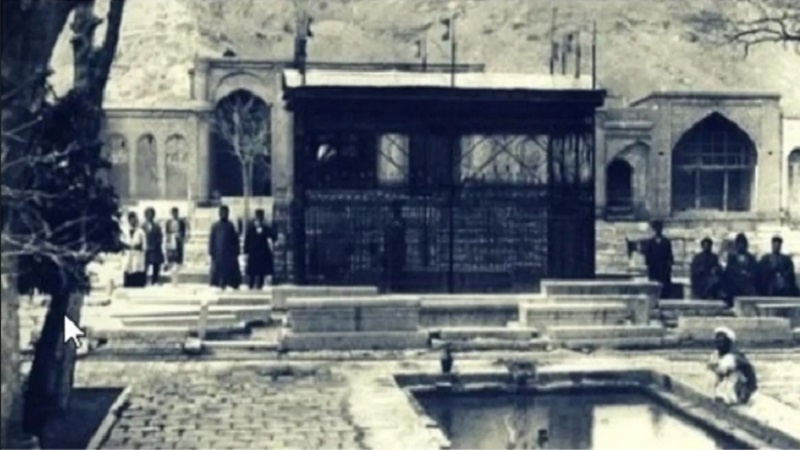
Moreover, Tagore highly respected Zoroastrianism, the Iranians' ancient religion. He praised Zoroaster as "the greatest of pioneering prophets". He has referred to the religious ethics of Zoroastrianism and Hinduism in rituals, worships and sacrifice. Zoroastrianism still is there in Iran and the Zoroastrians of Iran, regardless of social, economic, etc. affairs, play a role in the ruling system in Iran through their representative in the Parliament (Majlis).
In a chapter titled, "Rabindranath Tagore and Iran" from the book, "Studies of Indian Foreign Relations" (1975), by H. K. Shervani, Dr. Mohammad Taqi Moqtaderi writes an interesting thing. He points that one of the far relatives of Rabindranath from the great Tagore family, called "Sumar Kumar Tagore", had been Iran's honorary consul in Calcutta in the era of the Qajar King, Muzaffareddin Shah. This indicates the closeness of the Tagore family with Iran.
Since Tagore was the first person from the East to win the Nobel Prize for literature, the Iranian elite were informed of him. Colonel Mohammad Taqi Khan Pesian was among the Iranian political reformers and a famous officer. He translated Tagore's poetry into Farsi between the years 1918-1920 when he lived in Berlin.

In 1931, the Iranian newspapers started publishing essays on Tagore and catapulted this popular Indian figure to fame. Tagore was an advocate of the movement for independence of India and would look at other Asian nations for inspiration. He had noticed the Iranians' anti-colonialist view. Tagore's first trip to Iran was taken in April 1932. Tagore, after residing in Bushehr, traveled to Shiraz and visited the tombs of the great Farsi language poets, Sa'adi and Hafez, there. He also paid a visit to the ancient site of Takht-e Jamshid (Persepolis). He traveled to Isfahan and Tehran, too. In every stop, he would meet with intellectuals, religious leaders, political personalities and ordinary people. Tagore, in his conversations with local officials, used to emphasize on the cultural and historical bonds of India and Iran.
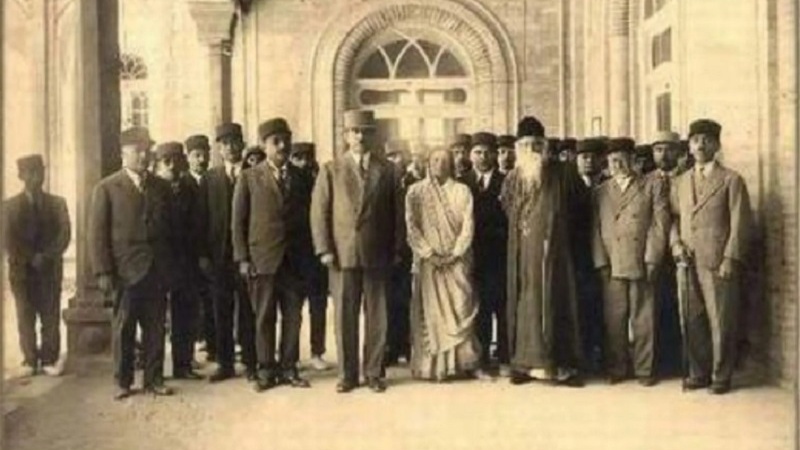
Tagore arrived in Tehran in his 70th birth anniversary. The renowned Iranian poet, Malek-ul-Shoara-ye Bahar (December 10, 1886- April 22, 1951) to welcome him in Tehran, recited and offered to Tagore the long poem he had composed for him.

This poet, also, became familiar with some of the most prominent Iranian scholars of that time, such as Ali Dashti, Rashid Yasemi, Abbas Eqbal, Saeed Nafisi and Nasrollah Falsafi.
Furthermore, Tagore delivered speeches first at the hall of Masoudieh Palace and then at Ian's Literary Association. Rabindranath Tagore, for the second time, traveled to Iran just two years later. This time, he participated the Millennium of the Iranian poet, Ferdowsi when his mausoleum was inaugurated. This event eclipsed his trip to Iran and hardly drew the attention of media.
Tagore, in his trip to Iran, had asked for a professor to be sent to India for teaching Farsi literature there. Ebrahim Purdawood, expert of Iranian studies, was sent to India and embarked on studying and teaching Iranian ancient literature over there.
He, also, translated many poems of Tagore, with the help of a local teacher, Ziaoddin, from Bengali into Farsi and this collection was published in Calcutta in 1935. Tagore arranged a great ceremony for the Iranian Nowruz feast. He extolled the Iranian culture, civilization and the Iranian people and their hospitality. He stressed the spiritual bonds between the two countries and civilizations.
The newly established literary relations between the two nations which surely dated back to thousands of years ago, remained strong. After the independence of India in 1947, Iran continued its friendly ties with the country and accompanied it with Pakistan, the new neighbor which had been created as a result of separation of the Subcontinent. India, too, after the 1979 Revolution, when the royal and West-dependent Pahlavi dynasty was overthrown and Ian turned into Islamic Republic, continued its relations with Iran.
In 2011, when Ms. Meira Kumar, former Speaker of Lok Sabha (Indian House of the People) visited Iran, the Farsi version of Rabindranath Tagore's poetry was unveiled.

Source: Rabindranath Tagore and Iran: Forging Ties 2022 Cogwekar, Pranav. Through a Shared Identity. Peepultree
RM/UR
